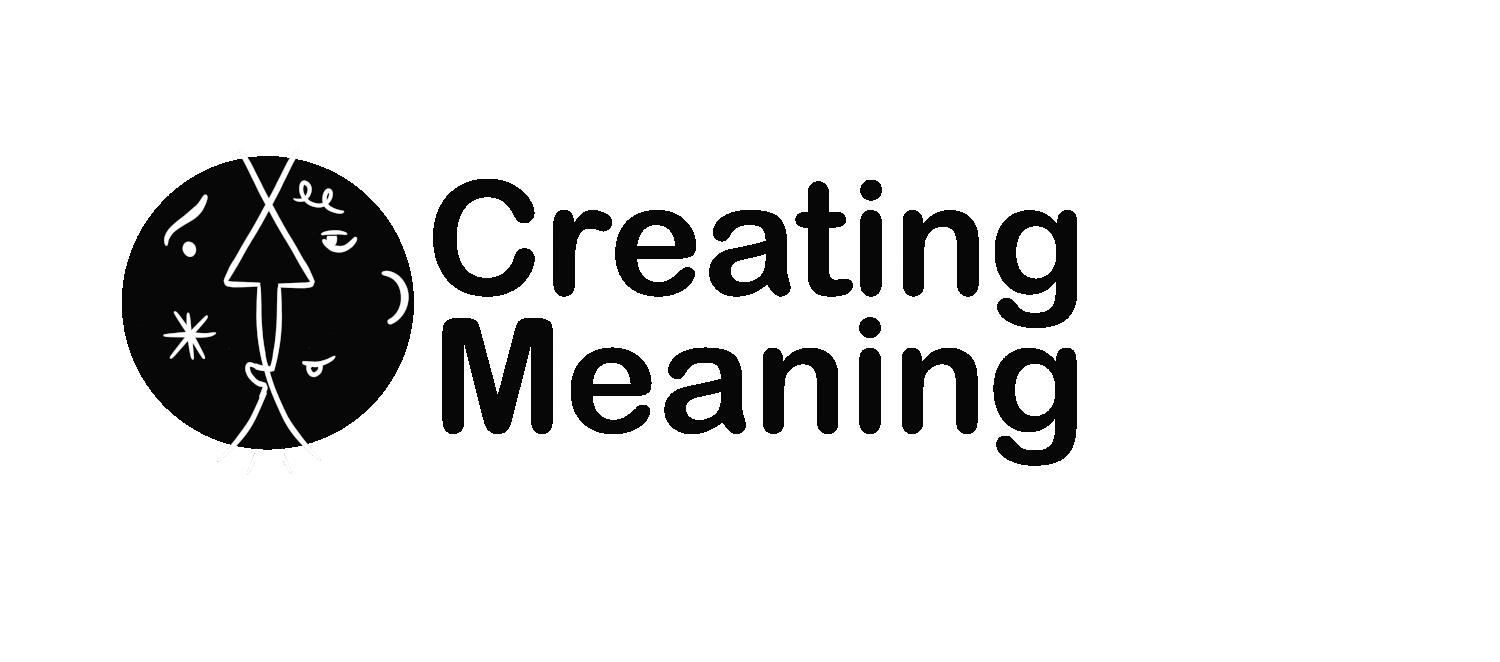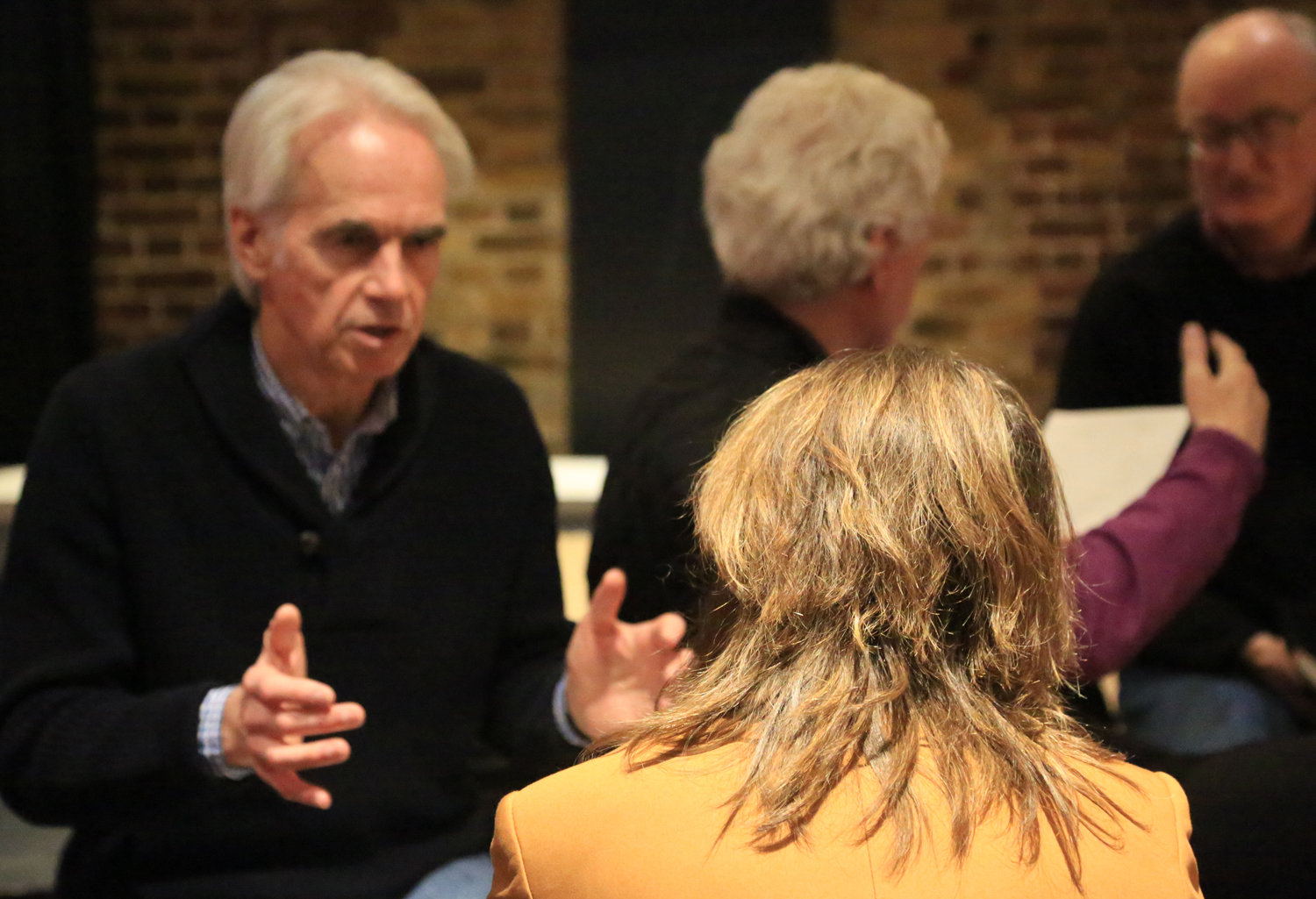Last year I joined the UK Values Alliance and was welcomed into a community of inspiring people working in a variety of ways to embed values thinking and action in schools, organisations and society.
I began thinking more deeply about values; how we form them and how they influence our feelings, actions and beliefs during my masters research. During this time I designed my first workshop using dialogue and creativity to encourage participants to reflect and consider their personal and shared values.
Having since led many workshops that have included space for reflection on values, I have witnessed the energy and connection that this creates within individuals and groups.
On joining the UK Values Alliance I was given the opportunity to bring dialogue to the members and explore further the meaning and thinking of values. After a taster session in one of our quarterly meetings we have developed a series of four dialogues for 2018, open to anyone with an interest in values.
Our first dialogue held last month explored: Values and the self
‘We need to address and explore the underlying beliefs, assumptions and motivating values involved in our problems and challenges.’
In the first dialogue we explored and shared meaning around personal values: what they are, where they come from, how we action them, what can challenge them and what meaning they bring to our lives.
It generated some interesting thinking and areas for further exploration. Some notable takeaways for me were
the space between imposing our values on others and personal boundaries
how we can connect energetically with people when we are truly listening to understand, not respond
whether if we have a sense of personal safety in and of ourselves we are able to take risks in being open and vulnerable with others and offer an invitation to connect at a deeper level, at a place that we can accept each other and our common humanity
whether value based behaviour is a choice and what can compromise that
what are the small things that we can do to live our values, starting from smiling at people in public places and asking those who serve us daily, 'how are you?'
The second dialogue will explore: Values and others
‘Dialogue allows us to see things differently by looking through a different lens’
In the second dialogue we will explore values from the perspective of others, what happens when our values conflict and how we relate to each other from a place of values and a value-based language.
If you would like to join us for any of the upcoming values dialogues please register here.



















